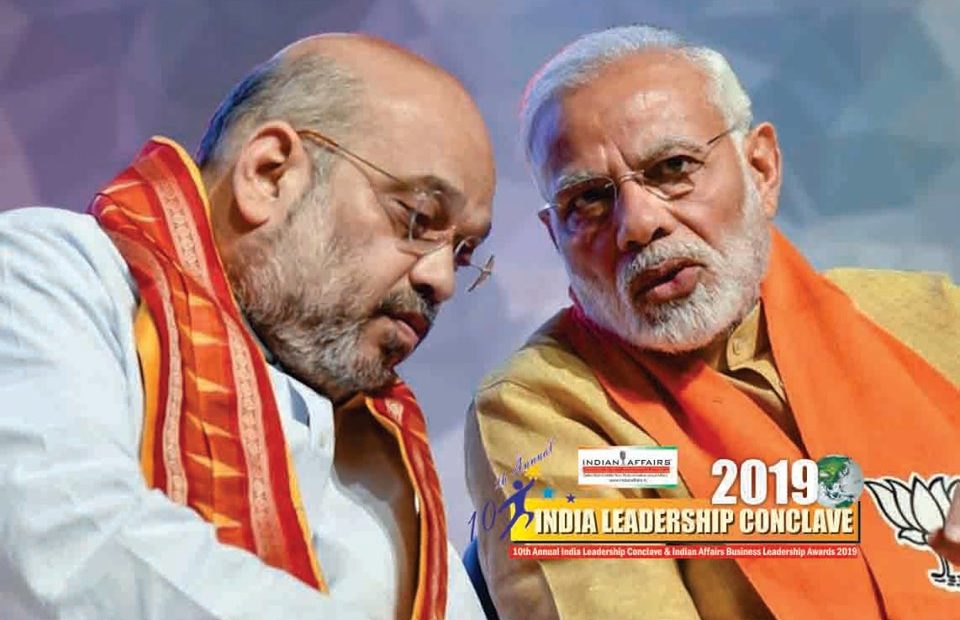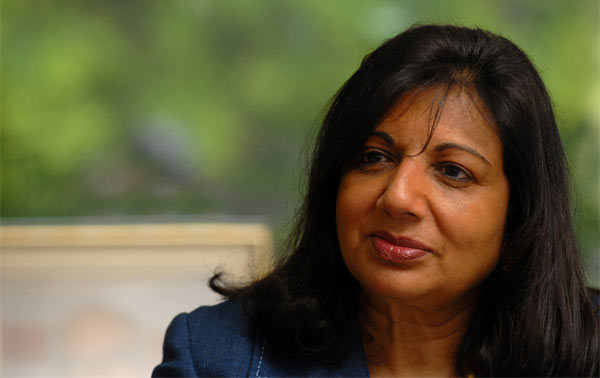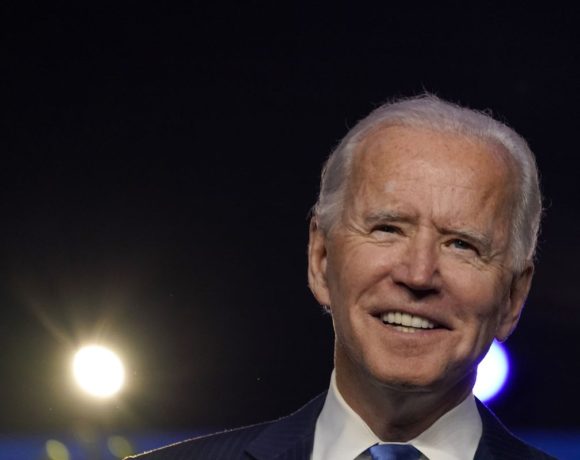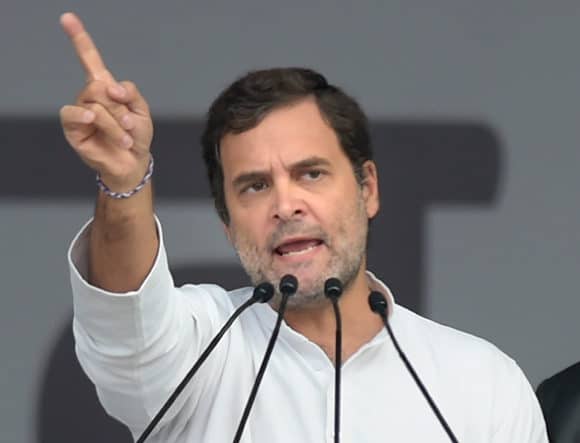

The 2021 census will be conducted through a mobile phone application, moving away from traditional pen and paper to give Digital India a boost, Union Home Minister Amit Shah said on Monday.
The mammoth nationwide exercise will be carried out in 16 languages and at a cost of Rs 12,000 crore, he said after laying the foundation stone of a new building of the Registrar General of India and Census Commissioner here.
The census will have its reference date as March 1, 2021, but for snow-bound Jammu and Kashmir, Himachal Pradesh and Uttarakhand it will be October 1, 2020, Shah said.
“Census data will be collected through a mobile app. This is for the first time that the mobile app will be used for the census exercise. India will be moving from the pen and paper census to digital data, which will be a big revolution in the country’s census exercise,” he said.
Referring to the 2021 census, he said the data will help in future planning of the country, especially for development initiatives and welfare schemes, and it will be a ‘Jan Bhagidari’ (people’s participation) exercise.
“India’s total 130 crore population should be informed about its benefits. How, the census data could be used for future planning, development initiatives and welfare schemes. The utilisation of census data is multi-dimensional and will be a significant contribution to the nation’s progress,” Shah said.
The home minister also said the census will help in demarcating boundaries of municipal wards, assemblies and Lok Sabha constituencies.
He appealed to census officials to carry out the exercise sincerely as this is an opportunity for them to do ‘Punya’ (holy deed), which will help in nation building.
Earlier the government used to do welfare schemes on a piecemeal basis and no comprehensive planning was done by previous governments, Shah said.
“The whole approach was changed when Narendra Modi became prime minister in 2014. The approach has been changed completely, the thinking has been changed. Goals have been set to completely eradicate the problems,” he said.
The home minister said on the basis of the 2011 Census, the Modi government had planned 22 welfare schemes related to electricity connection to every home, gas connections, construction of roads, houses for the poor, toilets, bank accounts and opening of bank branches among others.
He cited the example of the government’s flagship ‘Ujjwala’ scheme of providing free LPG connection to poor families, saying it has been successful as the scheme was prepared on the basis of the 2011 census data.
“By 2022, there will not be a family which will not have gas connection,” he said.
Shah also said the 2011 census reflected the poor sex ratio of male and female in some states. That is why the programme of ‘Beti Bachao, Beti Padhao’ was launched, he said.
“Under this scheme, the Haryana government has done so much work in the last five years that the state’s sex ratio is now among the best in the country,” he said.
The home minister said India’s population is 17.5 per cent of the world’s total population while the geographical area is just 2.4 per cent of the total geographical area of the world.
“So, naturally, India has limited natural resources in comparison to the population. Therefore, to fill up this gap of inequality, we will have to work hard,” he said.
Shah also said the data for the National Population Register (NPR), a list of usual residents of the country, will also be collected along with the census exercise.
Officials said the NPR could be the basis for a pan-India version of Assam’s National Register of Citizens (NRC).


















